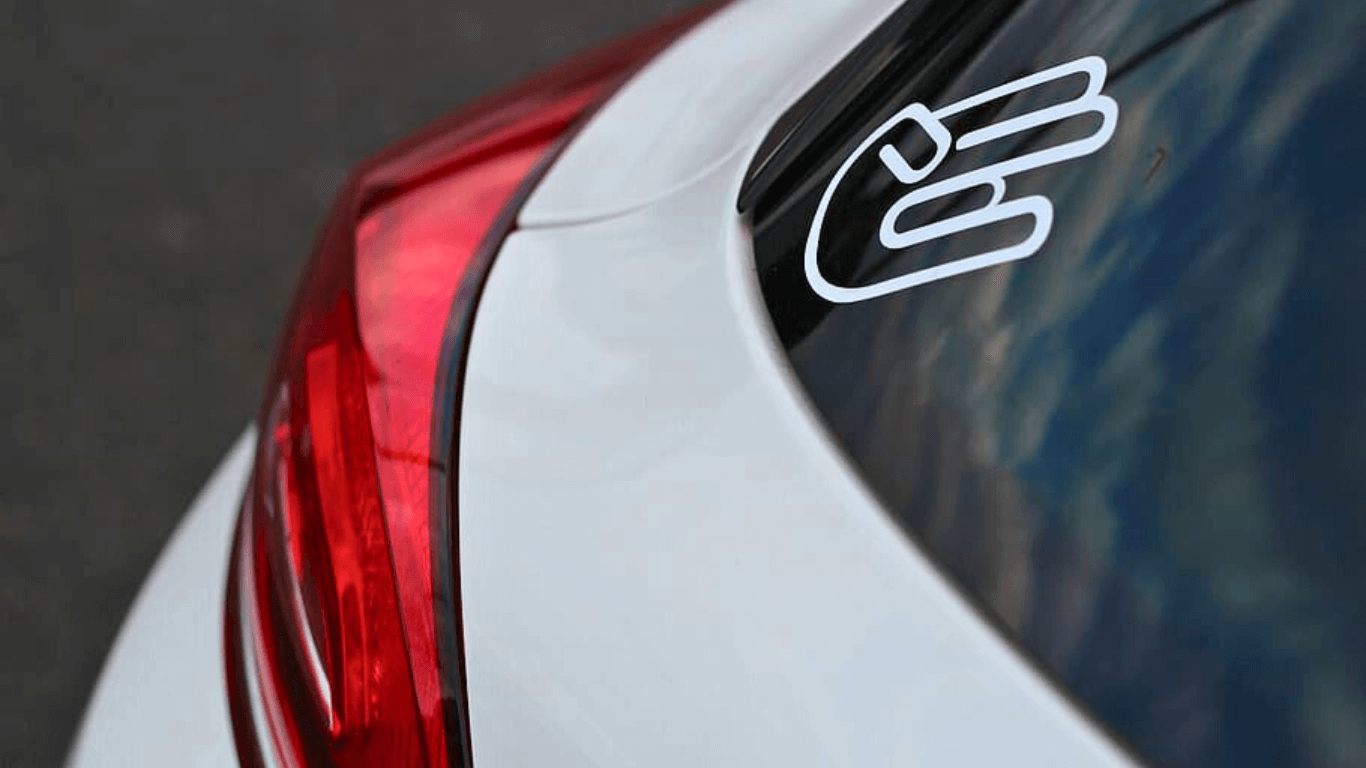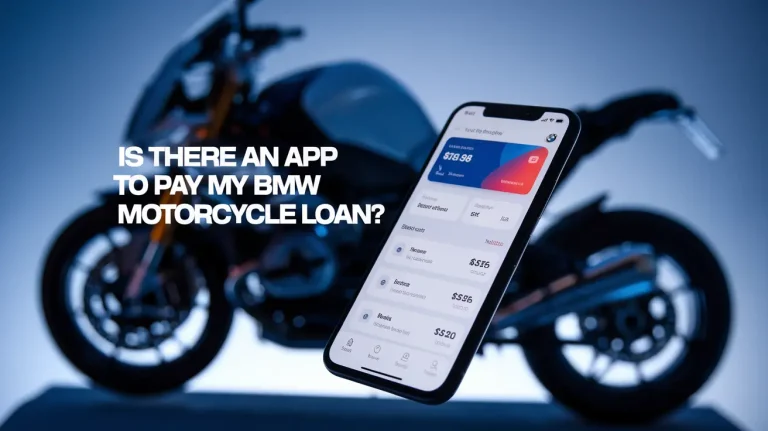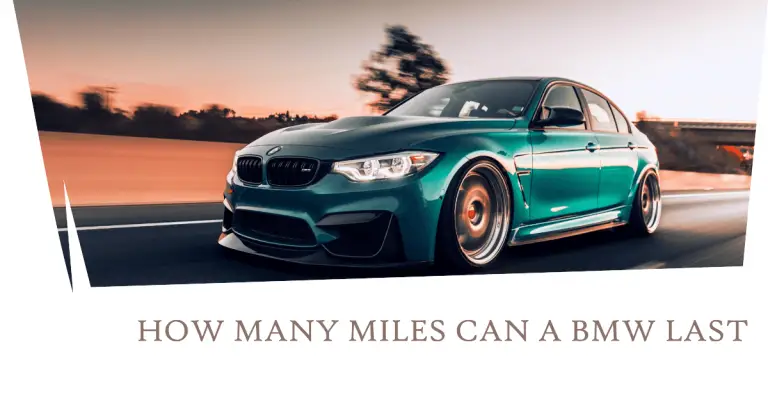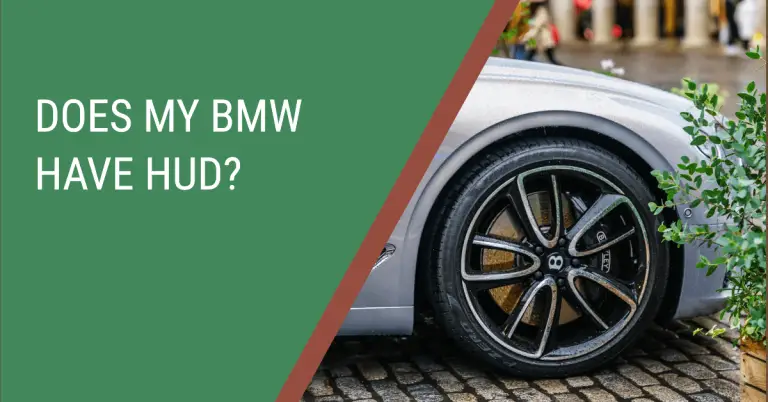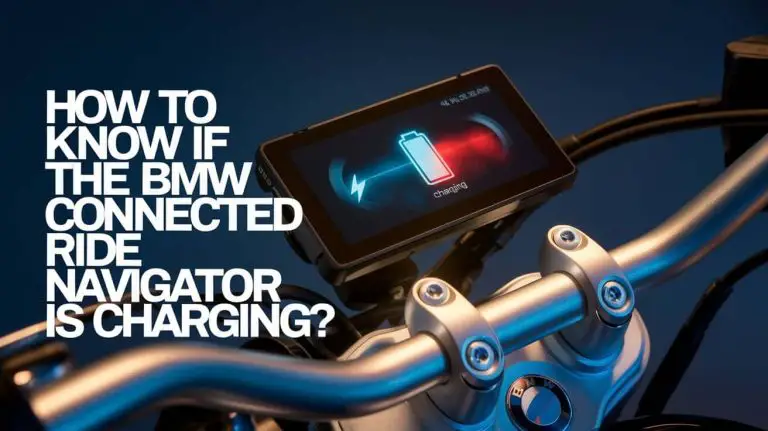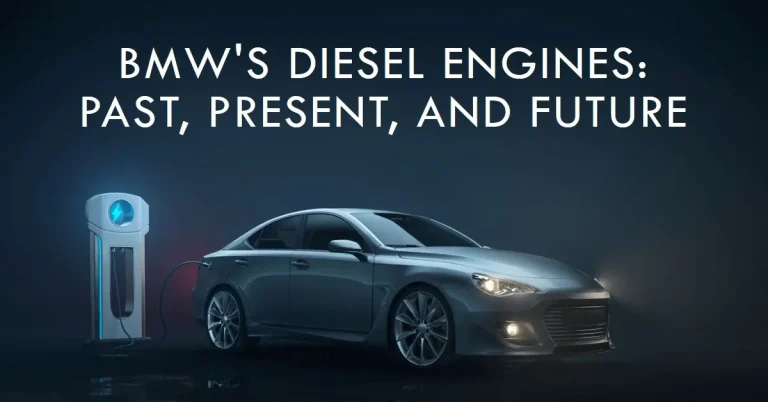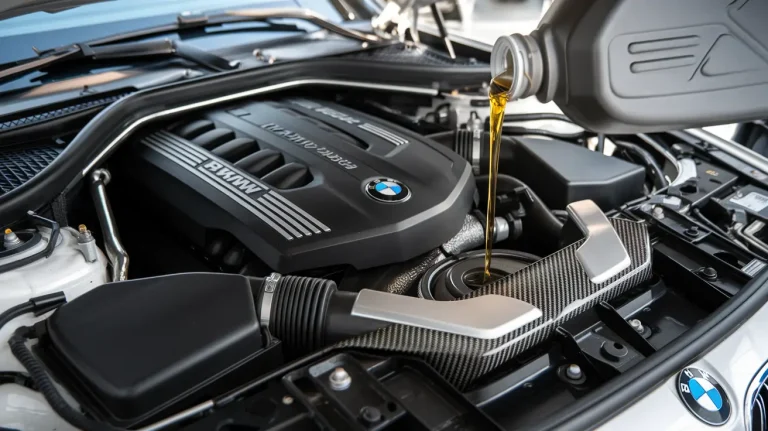The Complete Guide to Understanding Your BMW Window Sticker
Decoding the codes, figures, and fine print on a BMW window sticker may seem confusing at first glance. But this comprehensive guide will explain everything you need to know about reading and leveraging your BMW window sticker.
You’ll learn how to break down the Vehicle Identification Number, analyze gas mileage estimates, decipher safety ratings, decode standard and optional equipment, understand pricing, and more. With this BMW window sticker decoder guide, you’ll be reading specifications like a certified BMW technician.
What is a BMW Window Sticker?
A BMW window sticker refers to the manufacturer label that is placed on the window of brand new BMW vehicles. This sticker provides detailed specifications, options, pricing breakdowns, fuel efficiency ratings, and other key details about the specific car.
BMW window stickers help buyers understand exactly what is included on the vehicle they are purchasing or leasing. The sticker outlines the various packages, options, interior details, drive train configuration, and more that are found on that unique car.
Window stickers are mandated by U.S. law to be present on all new passenger vehicles sold in the country. So every new BMW in America will have a window sticker specifying everything about that car.
Locating the BMW Window Sticker
On most new BMW models, you’ll find the window sticker located on the lower corner of either the driver or passenger side window. This ensures that it is easily visible.
Scan the windows for a rectangular sticker with the BMW logo at the top. This sticker shows the specifications solely for the exact vehicle it is placed on. No two BMW window stickers will be completely identical.
Many BMW dealerships now also provide digital access to the window sticker. You may find a QR code on the physical sticker that lets you scan and save a digital PDF copy. This makes it easy to store, share, and reference the BMW window sticker details even after purchase.
Key Sections of the BMW Window Sticker
Now that you know what a BMW window sticker is and where to find it, let’s break down the key sections and specs you’ll see on this informational label:
Vehicle Identification Number (VIN)
The VIN is the unique identification number assigned to every car. This code can be found in several places, including the top right of the BMW window sticker.
BMW VINs are composed of a 17-digit combination of letters and numbers that denote the vehicle’s region, BMW make, model, year, factory, and production serial number.
Here is how to interpret the different segments of a standard BMW VIN:
- First digit – Region built (W=Germany, 5=United States)
- Second digit – Manufacturer (B=BMW)
- Third digit – Vehicle type or model
- Fourth through eighth digits – Descriptors (model, body style, engine type, etc)
- Ninth digit – Check digit used to validate authenticity
- Tenth digit – Model year
- Eleventh digit – BMW factory code
- Final six digits – Production sequence number
So by decoding the VIN on a window sticker, you can identify where the car was built, what model it is, which BMW factory produced it, and more.
Gas Mileage Estimates
One key section of the BMW window sticker outlines estimated gas mileage ratings. This includes:
- City MPG – Estimated average fuel efficiency in urban/city driving conditions.
- Highway MPG – Estimated fuel efficiency at higher speeds in optimal conditions.
- Combined MPG – Weighted average of city and highway estimates.
- Annual fuel cost – Expected fuel expenditures per year based on 15,000 miles driven.
- Driving range – Approximate miles the car can drive on a full tank of gas.
These estimates help buyers understand the expected fuel efficiency of that specific model. The ratings vary based on engine size, performance specs, car configuration, and other factors. Comparing mileage stickers between models can demonstrate the performance differences.
Safety Ratings
BMW window stickers outline key safety ratings from standardized crash testing by authorities like the National Highway Traffic Safety Administration (NHTSA) and the Insurance Institute for Highway Safety (IIHS).
Look for star ratings that evaluate occupant protection in frontal, side, rollover, and rear crashes. Top scores indicate the vehicle excelled in protecting passengers across the most common accident scenarios.
High safety ratings give buyers peace of mind and can even qualify for auto insurance discounts. Poor results help identify models with safety deficiencies.
Standard and Optional Equipment
One of the longest sections of the window sticker inventories the complete standard and optional equipment found on the specific car. This breaks down into categories like:
- Drive train – Engine, transmission, drivetrain specs
- Suspension and handling – Wheels, tires, suspension components
- Exterior – Paint color, body styling elements
- Interior seating – Upholstery, seats, adjustments
- Interior trim – Dash, console, wood trim choices
- Entertainment/technology – Audio, navigation, driver aids
- Packages – Groupings of options bundled together
- Other options – Individual add-ons not in a package
Each option shows the Manufacturer’s Suggested Retail Price (MSRP) added cost of including that feature. This outlines exactly what equipment is found on the car beyond the standard base model.
By reading this list, you can identify every customizable detail equipped on your unique BMW. It ensures you know what you’re paying for.
Base Price and Total MSRP
The base price indicates the starting MSRP cost before any options are added. This reflects the minimum price of that model.
On top of the base price, most BMW window stickers also show:
- Destination charge – Covers transportation fees for delivering the vehicle.
- Total MSRP – The base price + destination charge + the MSRP cost of all options equals the total MSRP.
This provides a price breakdown of how the final MSRP factors in the base price and additional options. Comparing the MSRP to the dealer invoice price helps negotiate the best deal.
Fuel Economy and Environment
BMW window stickers also include fuel economy and environmental ratings mandated by the EPA. Look for:
- Fuel economy rating – Miles per gallon ratings explained above.
- Greenhouse gas rating – Tailpipe CO2 emissions contributing to climate change.
- Smog rating – Levels of smog-forming pollutants.
These rate how environmentally friendly the BMW is compared to other vehicles in emitting greenhouse gases and air pollutants. High ratings indicate greener, cleaner models.
Producer Information
Lastly, BMW window stickers list out production information like:
- Nationality – Country where the BMW was assembled. Usually USA or Germany.
- Factory location – Specific BMW factory the car was manufactured at.
- Month/year of production – The date the vehicle was produced.
- VIN number – Full 17-digit number explained above.
This identifies the origins and provenance of the specific BMW vehicle. You can confirm it matches the factory location encoded in the VIN.
Decoding BMW Window Stickers Like an Expert
Now that you understand what every code, rating, and detail on a BMW window sticker means, you can read specifications like a professional.
A few key tips to leverage your window sticker:
- Compare gas mileage ratings between models to identify fuel efficiency differences.
- Reference safety ratings when shopping between vehicles to choose one with excellent occupant protection.
- Decode the VIN to identify unique information about your BMW’s origins and factory.
- Inventory the options list to validate exactly what features are equipped on your car.
- Check the MSRP breakdown against the dealer invoice price when negotiating the final price.
- Note the production date to gauge the vehicle’s age if buying pre-owned.
Equipped with your BMW window sticker decoder cheat sheet, you can now confidently shop for your new vehicle. Analyze specifications during test drives. Negotiate prices with insight into equipment differences. And enjoy your new BMW with full transparency into the options it contains.
You now have the skills to read any BMW window sticker like an expert. So embrace your inner BMW genius and start decoding VINs, fuel ratings, equipment packages and more. Your new BMW is waiting!

